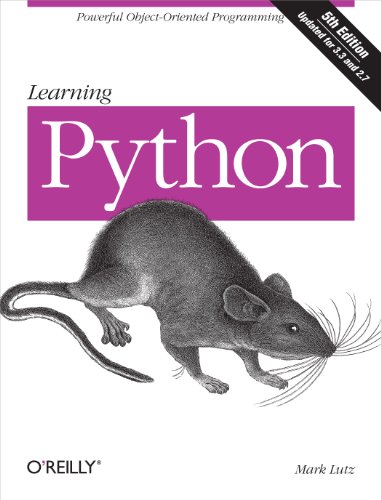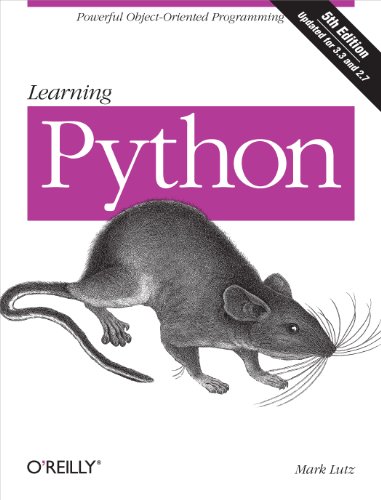
Author: Bilon, Dr. Edmund
Price: $14.99
Category:Computer Programming
Publication Date:2019-02-17T00:00:01Z
Pages:71
Binding:Paperback
ISBN:10:1797084844
ISBN:13:9781797084848
Virtually all instructors have learning objectives in mind when developing a course. They know the skills and knowledge that students should gain by the end of each instructional unit. However, many instructors are not in the habit of writing learning objectives, and the objectives remain implicit. The full power of learning objectives is realized only when the learning objectives are explicitly stated. Writing clear learning objectives is therefore a critical skill.To sharpen this skill so that your objectives are consistently precise, measurable, and student-centered, we recommend that you follow the audience, behavior, condition, degree (ABCD) method. Every learning objective must have an audience and a stated behavior. The condition and degree are not applicable to every learning objective, but they can make your objectives more precise as long as they are not forced into place.Learning objectives help anchor assessments and activities in evidence-based course design. By aligning objectives, assessments, and activities, we can collect data on student performance in achieving those objectives. This information helps students and instructors to monitor student progress. At a broader level, student performance data helps learning scientists to improve theories of learning, which in turn helps learning engineers to make interactive improvements to the course.Creating concise objectives is key to developing purposeful and systematic instruction. One of the most prevalent conclusions that educators have drawn from the large body of instructional research is that instruction needs to be tailored to support concrete instructional objectives and to meet specific learning outcomes.Table of Contents: Learning ObjectivesThe Difference between a Goal and an ObjectiveExamples of goal statements and learning objectivesThe Difference between a Course Description, a Topics List, and an ObjectiveCharacteristics of an Effective Learning Objective: ABCD Approach to Writing Learning ObjectivesDeveloping Your Learning Objectives: AudienceDeveloping Your Learning Objectives: Behavior (1 of 3)BehaviorDomains of Bloom’s TaxonomyCognitive DomainKnowledge dimensionPsychomotor DomainAffective DomainWrap Up of Bloom’s DomainsNOTE: Watch Out for Verbs That Are Not Observable or MeasurableDeveloping Your Learning Objectives: Condition and DegreeConditionDegreeWriting Learning ObjectivesRealizing the Full Power of Learning ObjectivesAudienceBehaviorConditionDegreeUsing Clear LanguageConsiderations in Writing Learning ObjectivesSufficient breadth and scope of learning objectivesSufficient number of learning objectivesBefore You Start WritingReference






